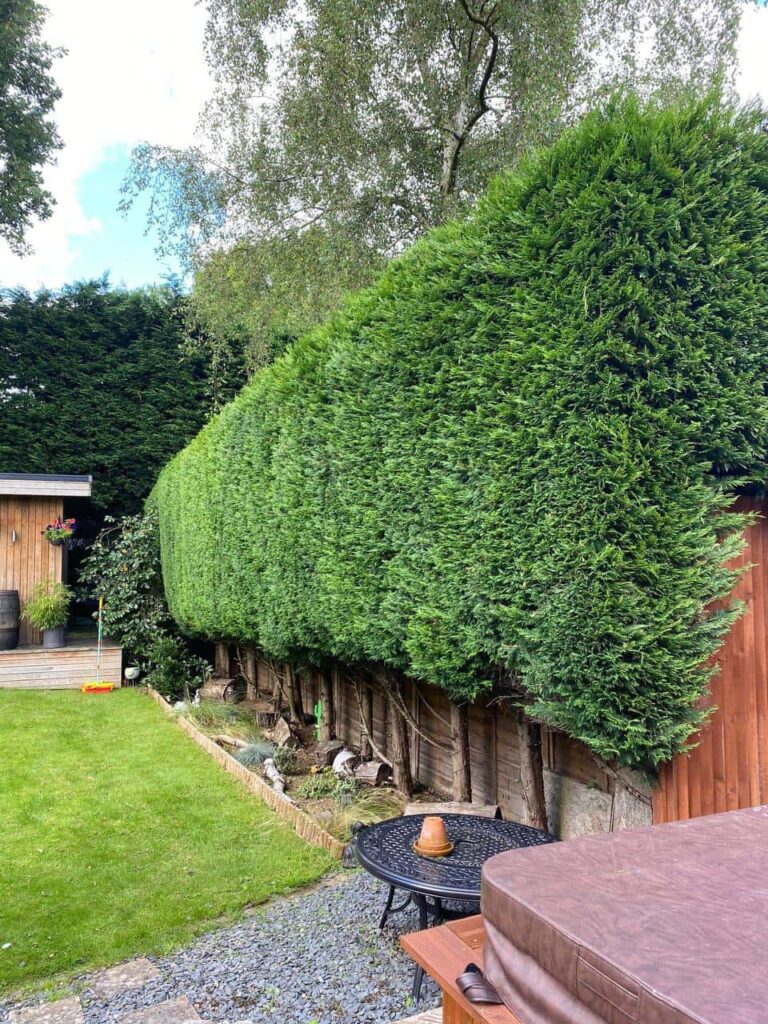Introduction: Trees are not just an essential part of our environment; they also contribute significantly to the beauty of our landscapes. However, like any living organism, trees can experience health issues; one common problem is dead wood. In this blog post, presented by Felixstowe Tree Surgeons, we’ll explore the before-and-after impact of dead wood removal on tree health, highlighting the importance of this arboricultural practice.
Before: Recognising Dead Wood
Before we delve into the benefits of dead wood removal, it’s essential to understand what it is and why it’s a concern for tree health.
Dead wood refers to branches or parts of a tree that have died due to various factors, including disease, pests, physical damage, or natural ageing. These branches may appear brittle, discoloured, or leafless. Recognising dead wood is crucial because it poses several risks:
Safety Hazard: Dead branches are more likely to fall, posing a risk to people, property, and other living plants.
Disease and Pest Infestation: Dead wood can attract pests and diseases that can spread to healthy parts of the tree.
Reduced Aesthetic Appeal: Dead wood can mar the appearance of a tree, making it look unkempt and unattractive.
After: Benefits of Dead Wood Removal
Dead wood removal involves carefully pruning or cutting dead branches and parts from a tree. The transformation before and after dead wood removal is remarkable and offers several benefits to the tree’s health and the surrounding environment:
Enhanced Safety: Removing dead branches significantly reduces the risk of falling debris during storms or strong winds, making the tree and the area around it safer.
Improved Health: Dead wood can be a breeding ground for pests and pathogens. Removing it helps reduce the risk of infestations and diseases, promoting the tree’s overall health and vitality.
Aesthetic Improvement: Dead wood removal can rejuvenate the tree’s appearance, enhancing its aesthetic appeal and making it an attractive focal point in your landscape.
Better Air Circulation: Pruning dead wood allows for improved air circulation through the tree’s canopy, reducing the risk of fungal infections and promoting healthy growth.
Increased Longevity: Regular dead wood removal extends a tree’s lifespan by reducing stress on the remaining healthy parts.
Environmental Benefits: Healthy trees contribute to a healthier environment by providing oxygen, absorbing carbon dioxide, and providing habitat for wildlife.
Conclusion: Dead wood removal is a vital practice for maintaining the health and safety of your trees. The before-and-after impact of this arboricultural practice is clear: it enhances safety, improves the tree’s health, beautifies your landscape, and promotes environmental well-being.
If you have trees on your property that exhibit signs of dead wood or require regular maintenance to ensure their health and vitality, contact Felixstowe Tree Surgeons. Our experienced arborists can assess your trees, perform necessary dead wood removal, and provide expert care to keep your trees thriving for generations.
Call us on: 01394 338 692
Click here to find out more about Felixstowe Tree Surgeons
Click here to complete our contact form and see how we can help with your tree’s needs.

